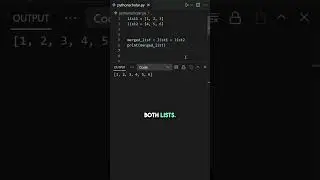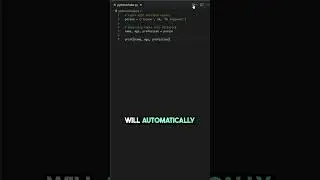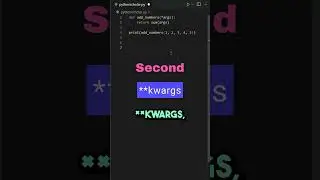Python - Easiest way to MERGE Dictionaries
Hi there, fellow coders! Welcome to our tutorial: "Merging Dictionaries in Python: **, |, + Operators". We're all about mastering Python's nuances, and today, we'll unravel the mystery of merging dictionaries using **, |, and + operators. 🚀
Have you ever needed to merge two dictionaries? Consider dict1 = {"a": 1, "b": 2} and dict2 = {"b": 3, "c": 4} as an example. Python makes it super straightforward to combine these! Let's explore the ** operator first. This useful operator unpacks and merges dictionaries, with values from the second dictionary overriding those from the first in the case of duplicate keys. So, using {**dict1, **dict2}, you get {'a': 1, 'b': 3, 'c': 4} – simple and effective! 🎩✨
If you're working with Python 3.9 or later, you've got another tool at your disposal: the | operator. This operator merges dictionaries just like **, but with a more Pythonic flair. Simply use dict1 | dict2 to merge them, and, as before, the second dictionary's values take precedence in case of conflicts. 🚀
So, we've explored ** and |, but what about the + operator? Here's a crucial note: while it may seem intuitive to use + for merging (as with lists), this will lead to a TypeError. That's right, dict1 + dict2 doesn't work! So, stick with ** or | for your dictionary merging tasks. 🎯
In conclusion, understanding how to efficiently merge dictionaries is key in Python. You now have two effective tools, ** and |, to keep your code clean and proficient. Unfortunately, the + operator isn't part of this toolkit, but hey, two out of three isn't bad! And remember, keep coding and stay curious! With Python, there's always more to learn. 🌟🔥





![|СОВМЕСТКА| Это любовь в одно касание... [with Ohiko Tyan]](https://images.videosashka.com/watch/inx2Welh5M0)

























